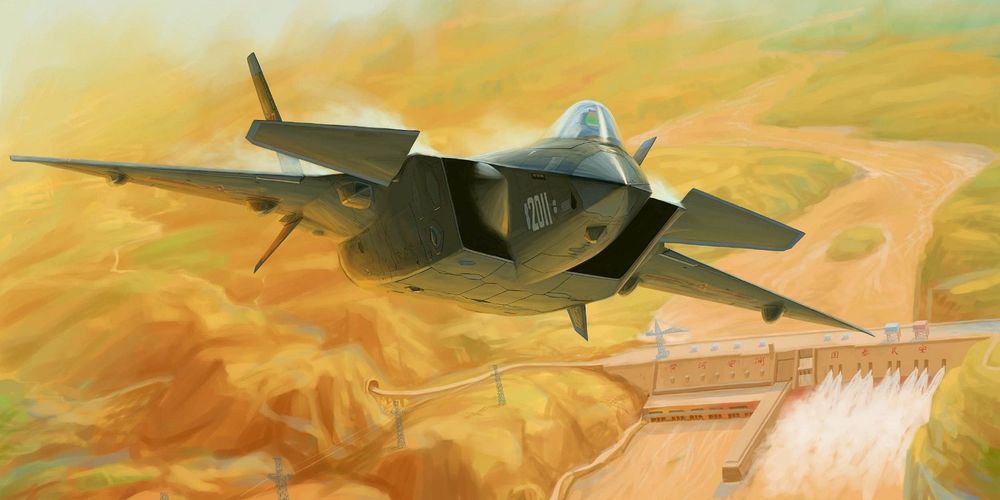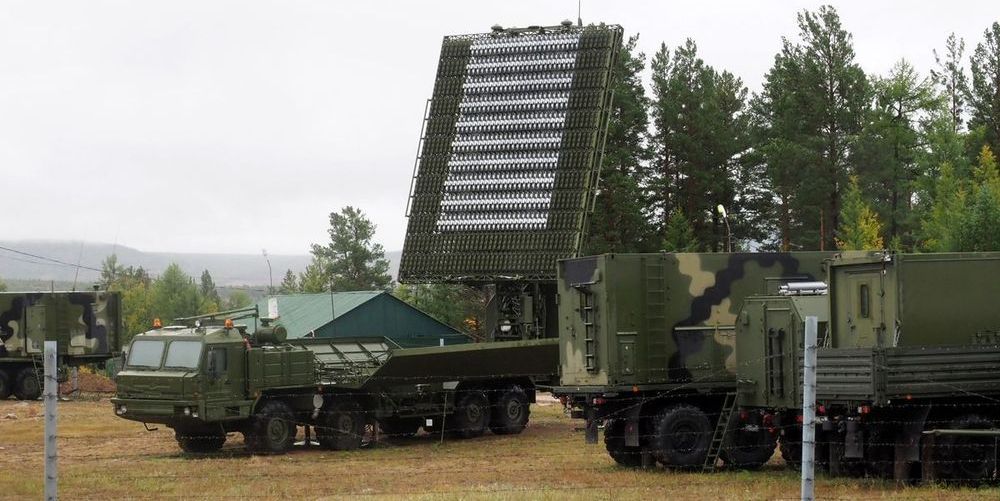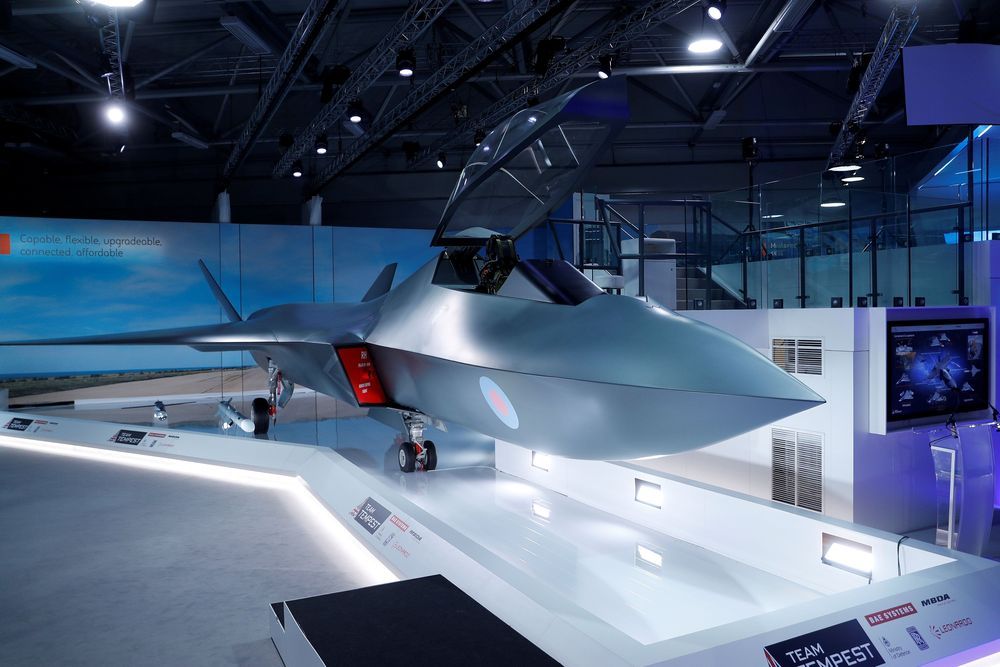Archive for the ‘military’ category: Page 201
Aug 31, 2019
Facebook Removes “Storm Area 51” Event
Posted by Michael Lance in categories: alien life, military
The two million event goers won’t be able to Naruto-run past this.
Facebook has removed a mega-viral event called “Storm Area 51,” claiming it violated community standards. Before it was removed, the tongue-in-cheek event amassed more than 2 million Facebook users, grabbing the attention of the mainstream media.
The idea, according to the even description, was to invite an army of memelords and alien enthusisasts to raid the top-secret Air Force military base in the middle of Nevada’s desert. “Let’s see them aliens,” the event description read.
Aug 29, 2019
Microsoft will likely create Skynet says study
Posted by Saúl Morales Rodriguéz in categories: augmented reality, government, military, policy, robotics/AI
On Wednesday, at the United Nations Convention on Certain Conventional Weapons in Geneva, a panel of government experts debated policy options regarding lethal autonomous weapons.
Dutch NGO Pax created a report that surveyed major players from the sector on their view of lethal autonomous weapons. They categorised companies based on 3 criteria: whether they were developing technology that’s potentially relevant to deadly AI, working on related military products, and if they had committed to abstaining from contributing in the future.
By these criteria, Microsoft scores rather highly in the birthplace of Skynet rankings. Microsoft has invested extensively in developing artificial intelligence products, has very close relationships with the US military, and Satya Nadella has committed to providing the military with their very best technology. While Microsoft has fallen short of explicitly developing AI for military purposes, we do know that they have developed a version of the HoloLens for the military that is specifically designed to increase the lethality of soldiers in the field.
Aug 28, 2019
US Military Urgently Seeking Enormous Underground Complex for Undisclosed Experiments
Posted by Karen Hurst in categories: government, military
Hmmmm.
ATTENTION owners of truly massive, human-built tunnels and subterranean complexes: The US military’s secretive research agency urgently needs your underground lair for some undisclosed experiments.
DARPA tweeted on Wednesday that within the next 48 hours it must find a “human-made underground environment spanning several city blocks with complex layout & multiple stories, including atriums, tunnels & stairwells. Spaces that are currently closed off from pedestrians or can be temporarily used for testing are of interest.”
Aug 28, 2019
Electromagnetic Pulse Threats to America’s Electric Grid: Counterpoints to Electric Power Research Institute Positions
Posted by John Gallagher in categories: energy, government, military, policy
Editor’s note: This article is part of a supporting engagement with the Electromagnetic Defense Task Force’s efforts in order to inform readers on the vulnerabilities within the electromagnetic spectrum. For the printer friendly version click here.
In spring 2019, a group of nearly 200 military, government, academic, and private industry experts in various areas of electromagnetic defense gathered for the second Electromagnetic Defense Task Force (EDTF) summit. During this time a full analytical and technical review was initiated on the recently released report titled “High-Altitude Electromagnetic Pulse and the Bulk Power System: Potential Impacts and Mitigation Strategies” authored by the Electric Power Research Institute (EPRI). This essay outlines the strengths and weaknesses of the report and aims to generate further discussion among industry, policy makers, military, and academia to ensure the nation is adequately prepared for any potential electromagnetic event.
Aug 26, 2019
How Quantum Radar Could Completely Change Warfare
Posted by Quinn Sena in categories: military, quantum physics
A new high definition radar system that could change the nature of warfare has been demonstrated for the first time. The result, quantum radar, is a high definition detection system that provides a much more detailed image of targets while itself remaining difficult to detect. Quantum radars could provide users with enough detail to identify aircraft, missiles, and other aerial targets by specific model.
According to the MIT Technology Review, researchers at Austria’s Institute of Science and Technology used entangled microwaves to create the world’s first quantum radar system.
Aug 26, 2019
Forget the F-35: The Tempest Could Be the Future (Armed with Lasers, Hypersonic Missiles and Swarms)
Posted by Quinn Sena in categories: drones, energy, military
With a flourish of a silk curtain at the Farnborough Air Show on July 16, British defense secretary Gavin Williamson unveiled a full-scale model of the Tempest, the UK’s concept for a domestically built twin-engine stealth fighter to enter service in the 2030s. The Tempest will supposedly boast a laundry list of sixth-generation technologies such as being optionally-manned, mounting hypersonic or directed energy weapons, and capability to deploy and control drone swarms. However, it may also represent a Brexit-era gambit to revive defense cooperation with Germany and France.
London has seeded “Team Tempest” with £2 billion ($2.6 billion) for initial development through 2020. Major defense contractor BAE System is leading development with the Royal Air Force, with Rolls Royce contributing engines, European firm MBDA integrating weapons, and Italian company Leonardo developing sensors and avionics.
Design will supposedly be finalized in the early 2020s, with a flyable prototype planned in 2025 and production aircraft entering service in 2035, gradually replacing the RAF’s fourth-generation Typhoon fighters and complementing F-35 stealth jets. This seventeen-year development cycle is considered ambitious for something as complicated and expensive as a stealth fighter.
Aug 26, 2019
Disappearing act: Device vanishes on command after military missions
Posted by Quinn Sena in categories: materials, military

https://youtube.com/watch?v=A7QXerW77I4
A polymer that self-destructs? While once a fictional idea, new polymers now exist that are rugged enough to ferry packages or sensors into hostile territory and vaporize immediately upon a military mission’s completion. The material has been made into a rigid-winged glider and a nylon-like parachute fabric for airborne delivery across distances of a hundred miles or more. It could also be used someday in building materials or environmental sensors.
The researchers will present their results today at the American Chemical Society (ACS) Fall 2019 National Meeting & Exposition.
Continue reading “Disappearing act: Device vanishes on command after military missions” »
Aug 25, 2019
SwRI and GE design and operate the highest temperature sCO2 turbine in the world
Posted by Omuterema Akhahenda in categories: finance, military, solar power, sustainability
SAN ANTONIO — April 8, 2019 — A team of Southwest Research Institute and General Electric (GE) engineers have designed, built and tested the highest temperature supercritical carbon dioxide (sCO2) turbine in the world. The turbine was developed with $6.8 million of funding from the U.S. Department of Energy (DOE) Solar Energy Technologies Office (SETO), in addition to $3 million from commercial partners GE Research, Thar Energy, Electric Power Research Institute, Aramco Services Company and Navy Nuclear Laboratory. Additionally, the DOE’s Advanced Research Projects Agency — Energy (ARPA-E) Full-Spectrum Optimized Conversion and Utilization of Sunlight (FOCUS) program provided financial support and extended the test program to validate advanced thermal seals.
Copyright © 2019 by the American Association for the Advancement of Science (AAAS)
Aug 23, 2019
DARPA’s Handheld Nuclear Fusion Reactor
Posted by Quinn Sena in categories: computing, military, nuclear energy, particle physics
 Last year, Pentagon mad science arm DARPA was working on one of its wildest projects yet: a microchip-sized nuclear reactor. The program is now officially done, the agency says. But these sorts of far-out projects have a habit of being reemerging under new managers and new names.
Last year, Pentagon mad science arm DARPA was working on one of its wildest projects yet: a microchip-sized nuclear reactor. The program is now officially done, the agency says. But these sorts of far-out projects have a habit of being reemerging under new managers and new names.
The project, known as the “Chip-Scale High Energy Atomic Beams” program, is an effort aimed at working on the core technologies behind a tiny particle accelerator, capable of firing subatomic particles at incredible speeds. It’s part of a larger DARPA plan to reduce all sorts of devices to microchip-scale – including cryogenic coolers, video cameras and multi-purpose sensors. All of the projects are ambitious (this is DARPA, after all). But this had to be the most ambitious of the lot. Here’s how DARPA’s plans for fiscal year 2009 described it:
You’ve read your last complimentary article this month. To read the full article, SUBSCRIBE NOW. If you’re already a subscriber, please sign in and and verify your subscription.
















